HIJET Truck is Daihatsu’s truck-type kei car. This article deals with the period from January 1999 to November 2004, when the 9th generation S200 series first debuted, as the early model.
source:Goo-net
- What is the 9th generation Daihatsu HIJET truck?
- Grade special, deluxe, extra, and special agricultural packs of the 9th and previous HIJET trucks
- Exterior
- Engine, functional equipment, safety equipment, etc.
- Interior
- Summary
- The early model of the 9th generation Hijet truck can be exported to the United States under the 2024-25 year rule
What is the 9th generation Daihatsu HIJET truck?
In January 1999, the Daihatsu Hijet truck became the 9th generation with a full model change.
The ninth-generation Hijet truck was designed based on the previous generation from the viewpoint of cost cutting, while complying with the new standards for mini passenger cars in 1998. As a result, the body style itself was very similar to its predecessor.
On the other hand, the headlights were enlarged and the black rim, which was the identity of the 8th generation, was abolished. It changed to a refreshing look that reminds us of a full model change. In addition, the instrument panel has also been newly designed, renewing the image of the old standard until then.
In the 9th generation, the bed length was expanded to 1940mm while incorporating new standards and safety measures. In addition, 85% of the body is made of galvanized rust-preventive steel, and cationic electrodeposition paint achieves high rust-prevention performance.
In addition, the “strong anti-corrosion specification” is available as an option except for the special, low dump, and panel van grades, realizing a long-term warranty of 5 years for holes caused by rust and 3 years for surface rust, which is the first light truck.
The ninth-generation Hijet truck has a new appearance with a body that complies with the new standards. In addition, the contents are suitable for a full model change, such as expanding the length of the luggage compartment and strengthening anti-rust measures.
Grade special, deluxe, extra, and special agricultural packs of the 9th and previous HIJET trucks
The grades of the ninth-generation Hijet truck in the previous term included the low-priced grade “Special”, the middle grade “Deluxe”, the high-grade grade “Extra”, and the “Special Agricultural Pack” for farmers.
Special
Entry (low price) grade of the ninth generation mid-term Hijet truck. A model with simplified equipment and reduced price.
in the exterior
- Resin type unpainted bumper
- Resin-type door mirrors and outer door handles
- steel wheel
- Body color is off-white only
A major feature is its simple appearance. In addition, the special is equipped with comfortable equipment
- power steering
- air conditioner
- Power window
- Keyless Entry
A low-priced specification that is not equipped with. In the previous term, even AM radio was set as an option (only two speakers were standard equipment). Air conditioning was available as an option.
The transmission is 5MT and 3AT. The drive system is set to FR and 4WD.
Partially improved in February 2000, plastic bumpers were abolished. Colored bumpers and passenger side grips are standard equipment.
Partially improved in January 2001, air conditioning and power steering were standard equipment.
Special Twin Cuam
A grade that changed the above special grade engine from SOHC to an extra twin cam engine (EF-VE type). other than this
- battery cover
- cigarette lighter
- Intermittent 2-speed wiper
- Hi-Lo switchable part-time 4WD (*4WD vehicles only)
are also added as standard equipment.
Partially improved in January 2001, air conditioning and power steering were standard equipment.
Air conditioner/power steering special
A grade added as part of the June 2003 improvement. Based on the “special” grade
- air conditioner
- power steering
- intermittent wiper
- passenger sun visor
etc. as standard equipment.
Delux
The middle grade of the 9th generation early Hijet truck.
For special, “front plated garnish” is standard equipment and looks better.
Extra
Higher grade of the 9th generation early Hijet truck.
The exterior is equipped with a “plated front grill” as standard equipment. Air conditioning is an optional comfort feature.
There are three body colors available: off-white, blue, and bright silver metallic.
Partially improved in February 2000, “power steering” and “AM / FM radio” were added to the optional settings.
In a partial improvement in January 2001
- Colored door mirrors and door outer handles
- Large cargo bed work light
- retractable tailgate chain
- Rear 4-leaf spring (4WD)
- Super differential lock (4WD)
was added as standard equipment.
Special agricultural pack
Farmer’s grade of the 9th generation early Hijet truck.
Based on the “Special” grade, the agricultural version is equipped with an “auxiliary transmission” and a “super differential lock” as standard equipment so that it can handle steep slopes and muddy roads such as farm roads.
In addition, the “rear four leaf springs” that can withstand heavy loads are standard equipment for harvesting and cargo transportation during the busy season, and the “Ayumi board hanging tailgate” and “bed work light” are also standard equipment.
The transmission is only 5MT, and the drive system is also set only for part-time 4WD.
Exterior
souurce:Goo-net
front design. In the 9th generation, the design of the black-rimmed outer frame + rectangle and turn signals was abandoned, and the headlight alone was expanded to the outer frame.
This created a new image suitable for the new standard while retaining the image of the predecessor.
In addition, the low-priced special grade is equipped with an unpainted bumper as standard. Colored bumpers otherwise.
source:Goo-net
Deluxe and Extra grades are equipped with a front plated garnish (radiator style) as standard equipment.
source:Goo-net
However, the unpainted bumper was replaced with a colored bumper common to all grades in a minor change in February 2000.
source:Goo-net
side. It follows the previous full cab type. Since this shape will be passed down to the 10th generation after this, this style is the part that Hijet trucks are known for.
source:Goo-net
12-inch steel wheels underfoot. The tire size is 145R12-6PR.
source:Goo-net
rear. The design is almost the same as the predecessor, but the combination lamp has been changed from horizontal to slightly vertical.
source:Goo-net
The decal of “EFI DLI” is attached to the left side of the tailgate.
Engine, functional equipment, safety equipment, etc.
There are two types of engines: the EF-SE type 3-cylinder SOHC naturally aspirated engine and the EF-VE type 3-cylinder DOHC naturally aspirated engine. Low-priced MT specs (special, etc.) are SOHC specs, with a maximum output of 43ps/5900rpg and a maximum torque of 5.8kg/3600rpm.
Other than this, the 3-cylinder DOHC naturally aspirated engine has a maximum output of 48ps/5900rpm and a maximum torque of 6.4ps/4000rpm.
The transmission is 3AT or 5MT, and the drive system is FR or part-time 4WD. Some grades (climbers) are equipped with a 4WD differential lock mechanism.
In September 1999, an LPG vehicle equipped with an EFGI (Electronically Controlled Feedback Gas Injection) engine was added. In April 2000, a clutch start system was adopted as standard on 5MT models.
In addition, we added a grade “Twin Cam Special” that changed the special grade engine, which was a SOHC engine until then, to the same DOHC naturally aspirated engine (twin cam DVVT 3 cylinder 12 valve EFI engine) as other grades.
In the January 2001 minor change, the “Super Differential Lock” grade equipped with a differential lock as standard equipment was added.
In January 2002, minor changes were made to increase the output of the engine, and as a result, the EF-SE type (SOHC) engine had a maximum output of 45ps/5900rpm and a maximum torque of 5.8kg/3600rpm.
The EF-VE type (DOHC) engine also has a maximum output of 50ps/5900rpm and a maximum torque of 6.4kg/4000rpm. Ease of handling in town riding has been improved.
As mentioned above, even if the 9th generation Hijet truck has the same face, it should be noted that the engine characteristics differ depending on the grade and model year.
Interior
source:Goo-net
instrument panel. The design is basic like a commercial vehicle, but it looks better than before. In addition, the low-priced grade will be air-conditioned.
source:Goo-net
speedometer.
source:Goo-net
5MT shift knob (part time 4WD specification). 3AT is also a floor shift.
source:Goo-net
sheet.
Summary
The early model of the 9th generation Hijet truck has a modernized appearance and an enlarged cargo bed length in response to the new standards. It is a model that features a redesigned instrument panel.
Before this (as well as other manufacturers), it had a unique design that felt quite old-fashioned, but from around this time, the appearance of the Hijet truck has improved.
Furthermore, in the minor change (mid-term model) after this, the changes (design and functionality) will be close to the full model change, so it will be even more attractive.
In the second-hand market, the price is relatively low as a new standard light truck, depending on the amount, making it an easy-to-purchase model.
However, due to the high demand for light trucks, there is a general trend that the price will not drop significantly, so in some cases, there may be no change from the next medium-term model. I want you to carefully compare and purchase this point.
The early model of the 9th generation Hijet truck can be exported to the United States under the 2024-25 year rule
The initial model of the 9th generation Hijet truck will be able to be exported to the United States in 2024 after 25 years of production.
In the United States, used Japanese light trucks are popular as they replace existing carts and buggies for transportation on large private land such as farms, ranches, and golf courses.
Buggies and carts can’t withstand wind and rain, so they’re not packed with much luggage. Even if you try to use a car instead, because large vehicles such as pickup trucks are the main ones in the United States, fuel consumption is poor and small turns are not effective.
Against this background, Japanese used light trucks, which have a small turning radius, a separate cabin that can withstand wind and rain, and can carry luggage and can run on rough roads, are very popular.
Until now, light tigers that conformed to the old standards before 1998 were the main exporters, but from 2024 onwards, it will be possible to export light tigers that are one size larger and conform to the new 1998 light vehicle standards.
*With off-road vehicle registration, new light trucks can be imported without being bound by the 25-year rule.
Americans have a larger body than Japanese people, and I personally think that the new standard light tiger, which is one size larger than the old standard light tiger, will be more popular.
Therefore, I think that the popularity of used Japanese light trucks that have passed 25 years will increase toward 2024, and they will be actively exported to the United States.
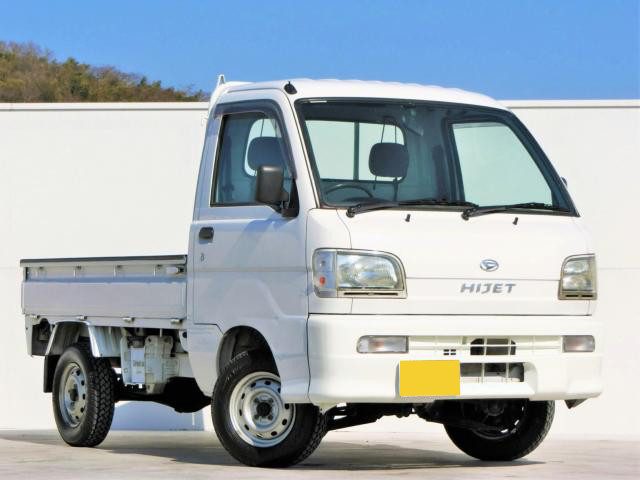
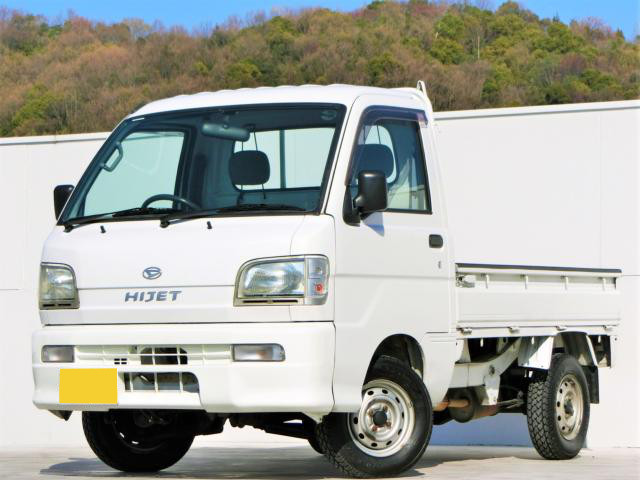
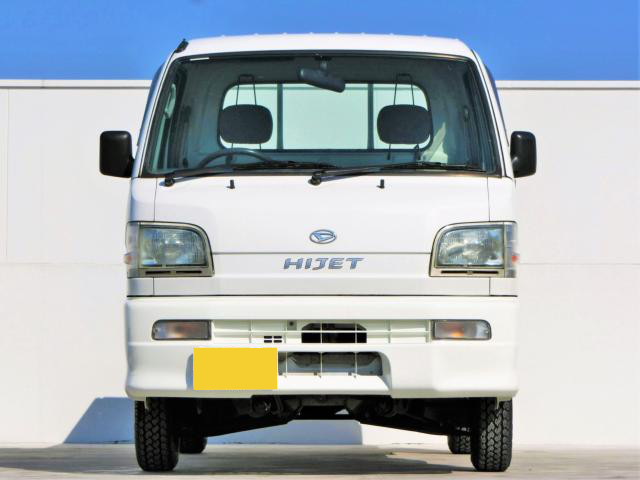
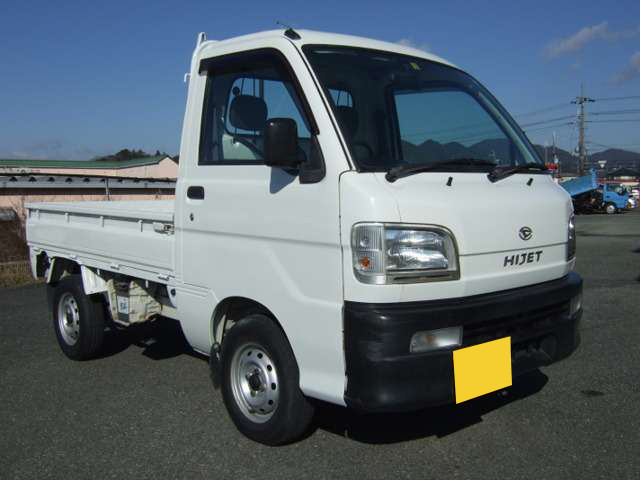
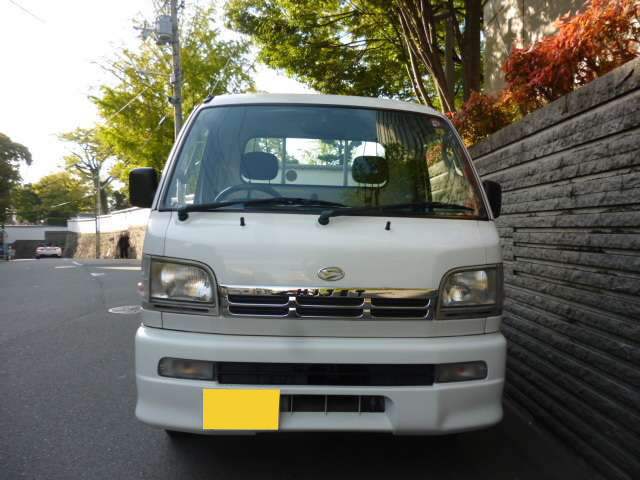
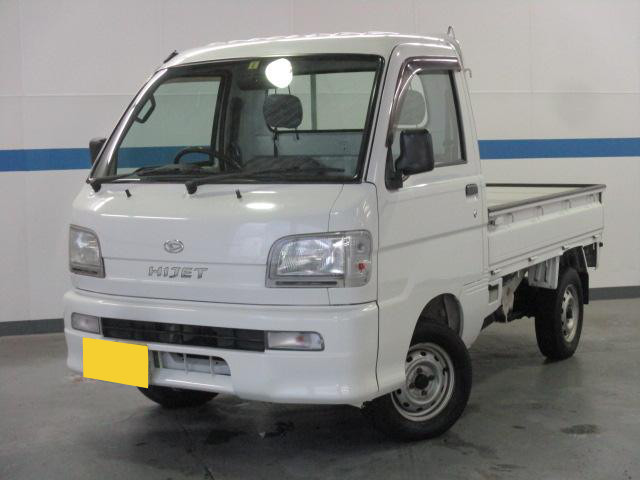
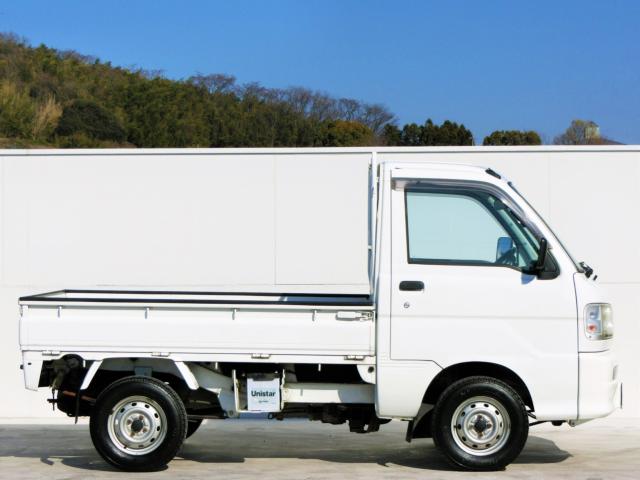
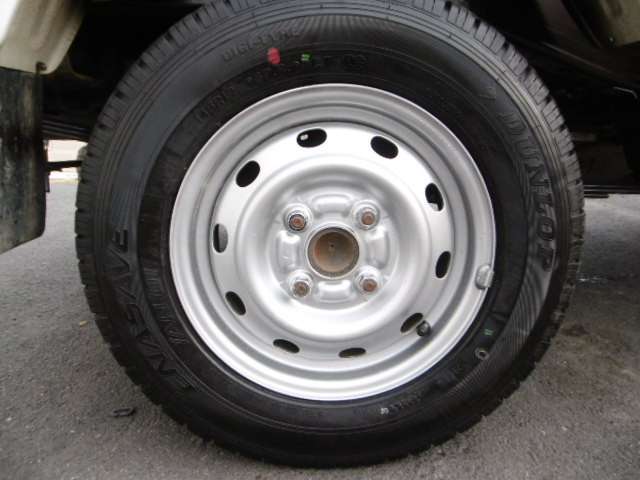
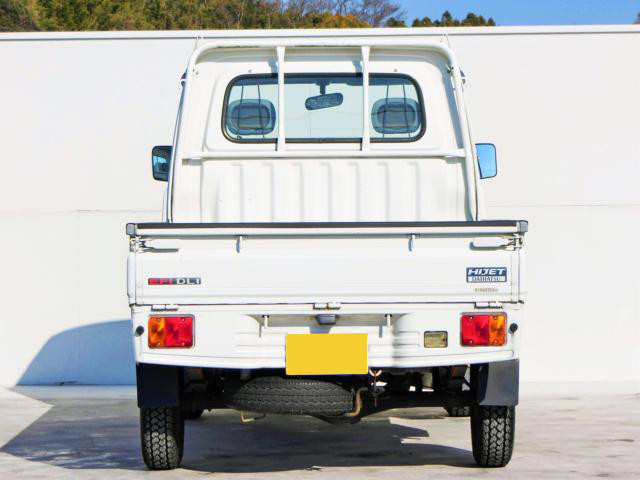
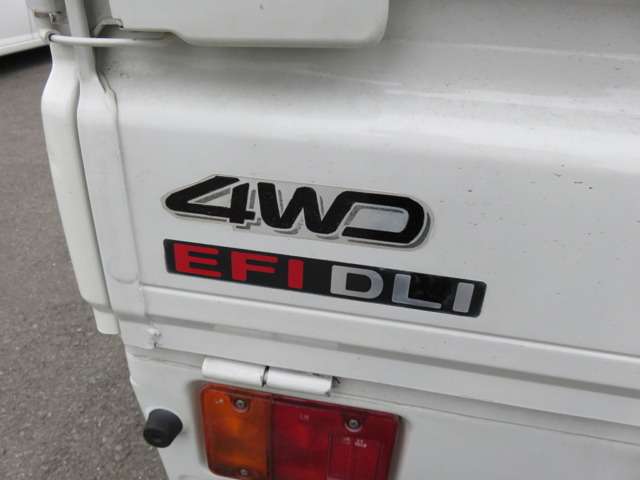
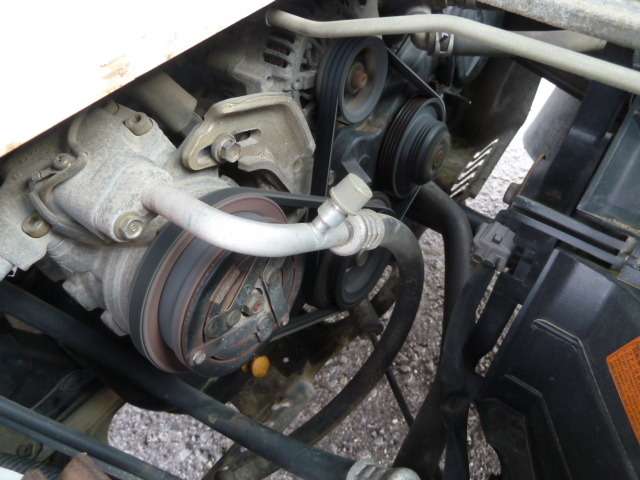
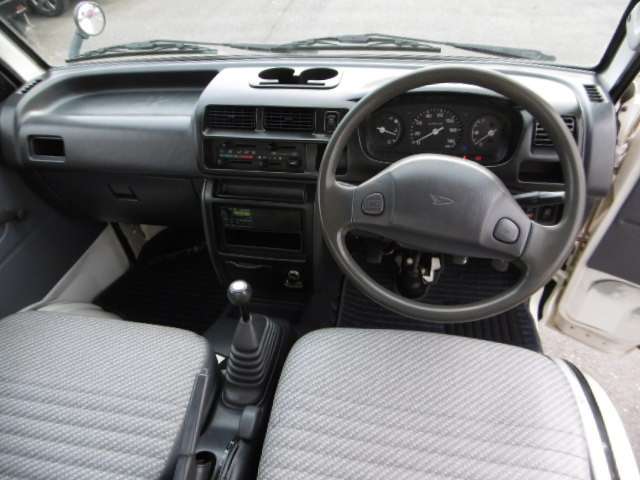
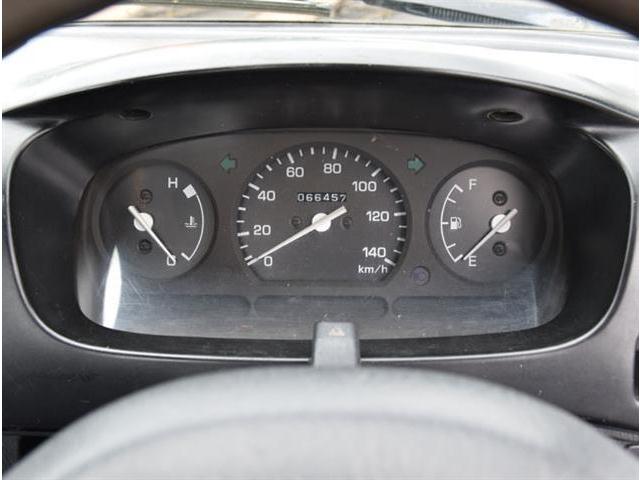
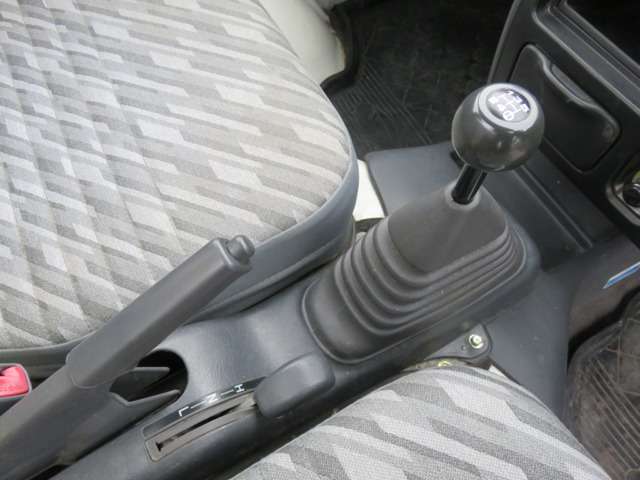
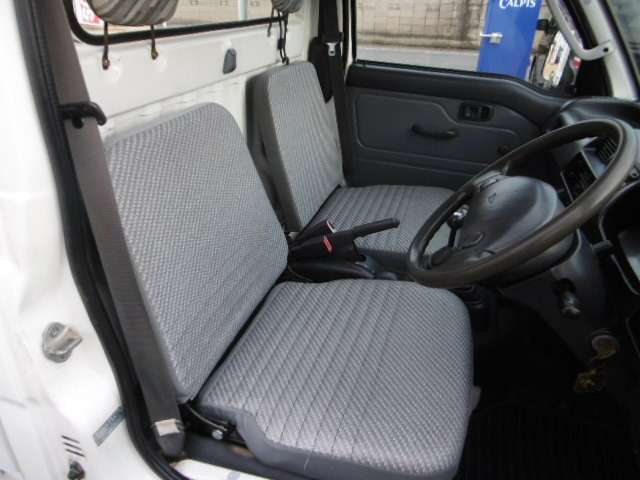


コメント